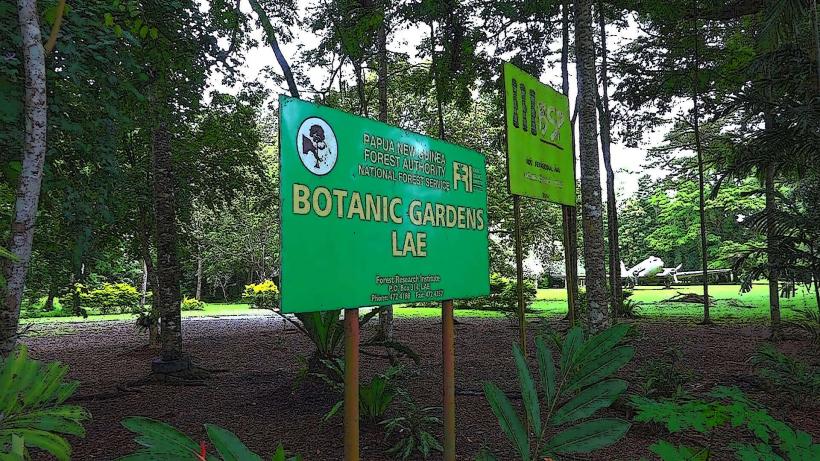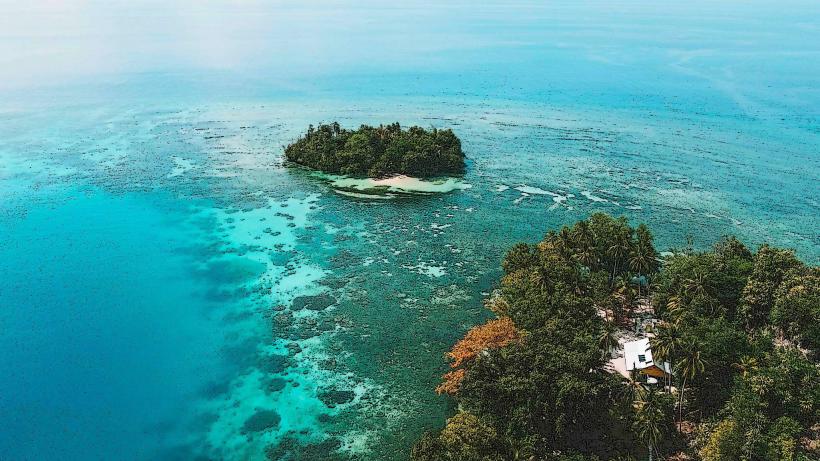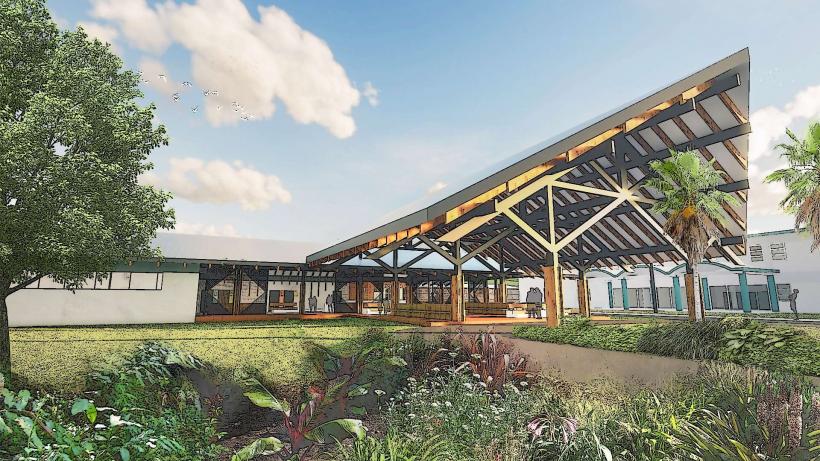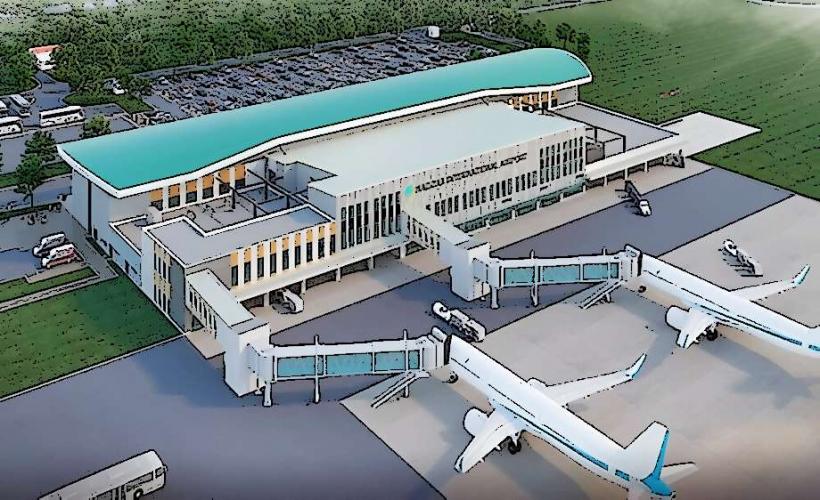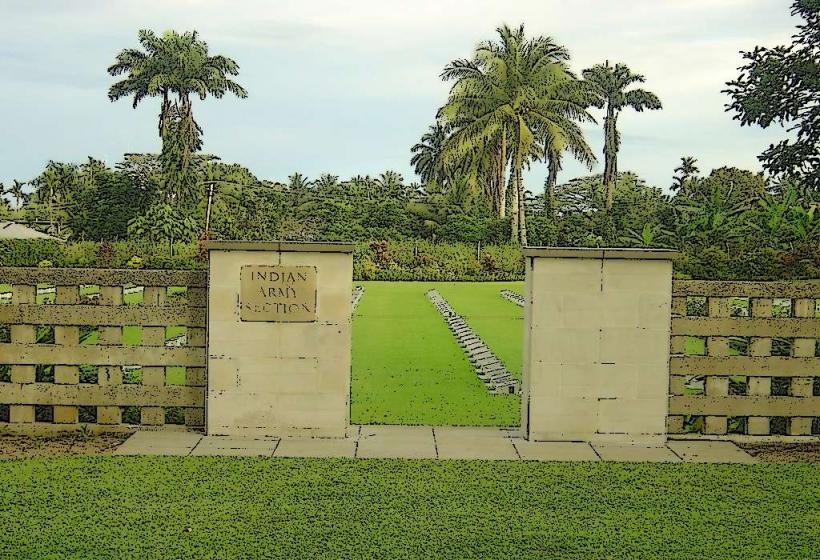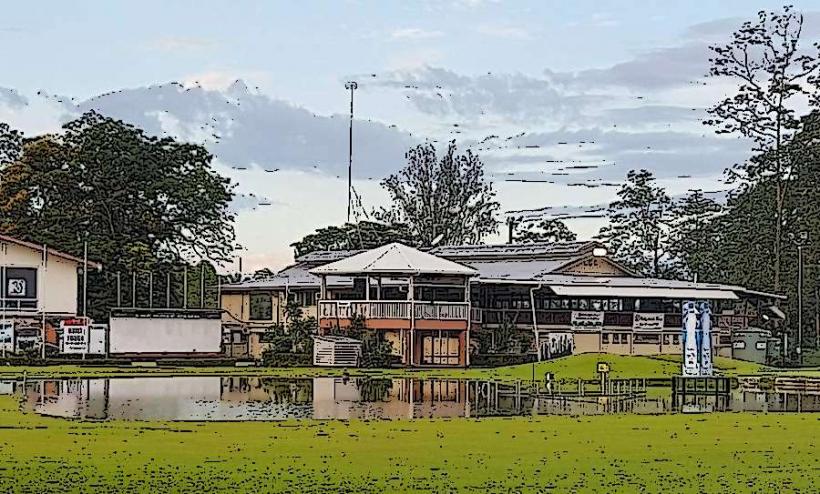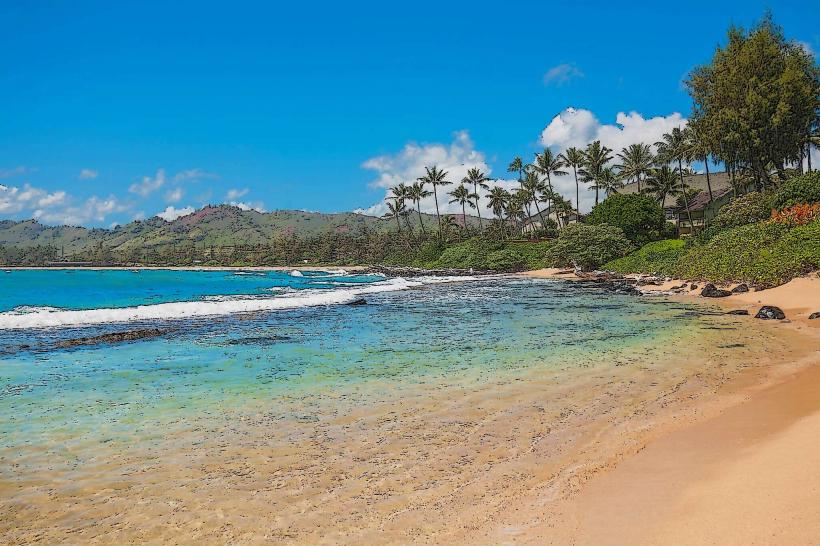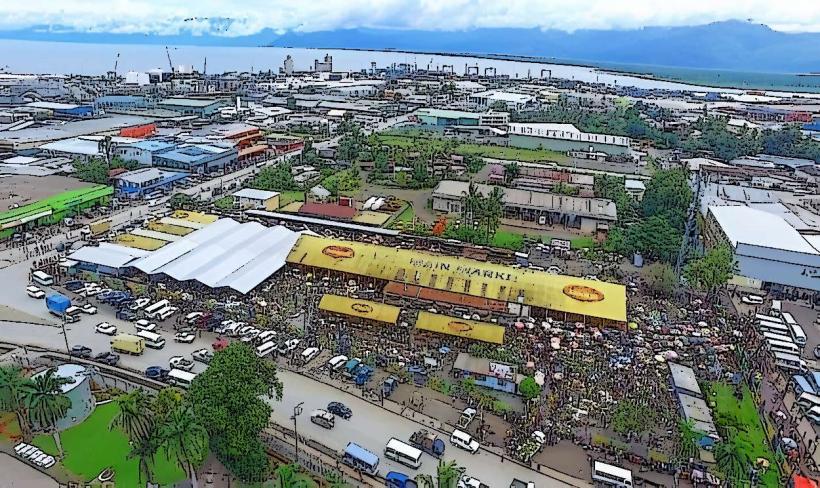Information
Landmark: Huon GulfCity: Lae
Country: Papua New Guinea
Continent: Australia
Huon Gulf is a large, scenic inlet located along the northern coast of Papua New Guinea, bordered by the Morobe Province to the west and the Madang Province to the east. The gulf is a significant geographical feature in the region and is known for its stunning natural beauty, rich biodiversity, and strategic importance. It plays an important role both in terms of local livelihoods and as a part of the maritime landscape of Papua New Guinea.
Geography and Location
Huon Gulf stretches for approximately 160 kilometers (100 miles) along the northern coast of Papua New Guinea, from the Bismarck Sea in the west to the Finschhafen Peninsula in the east. The gulf is bounded by the Huon Peninsula on the north and is framed by the mountainous terrain of the Owen Stanley Range to the south, creating a picturesque backdrop.
The gulf is relatively shallow in certain areas, with coral reefs and a variety of marine ecosystems along the coastline. The region is also characterized by its tropical climate, with warm temperatures and seasonal rainfall that contribute to the lush vegetation in the area.
Historical Significance
The Huon Gulf holds historical importance, particularly during World War II. The region was the site of significant battles between Allied forces, particularly the Australians, and the Imperial Japanese Army. Key events such as the Battle of the Huon Peninsula took place in the area, which involved intense fighting to reclaim the region from Japanese occupation.
The strategic location of the Huon Gulf, with access to both the Pacific Ocean and nearby islands, made it a critical area during the war. The Port of Lae, which is situated near the western edge of the gulf, became an important base for the Allied forces.
Marine Life and Ecosystems
The Huon Gulf is rich in marine biodiversity, with coral reefs, mangrove forests, and coastal wetlands that support a wide variety of marine life. These ecosystems are home to numerous species of fish, shellfish, and marine mammals, including dolphins and dugongs. The warm waters and sheltered bays make the gulf an ideal habitat for various types of fish, making it an important area for both subsistence and commercial fishing.
The area around the gulf is also popular with divers and snorkelers due to its clear waters and vibrant coral reefs, which are part of the larger marine biodiversity found along the northern coast of Papua New Guinea. Marine conservation efforts are in place to protect these ecosystems, as they are vital to the local economy and environment.
Local Communities and Economy
The Huon Gulf region is home to several coastal villages and towns, with Lae being the largest city and a major port on the western shore. Lae serves as the economic and administrative hub of Morobe Province and plays a key role in both domestic and international trade. The Port of Lae, one of the busiest ports in the country, is strategically located in the gulf and facilitates the movement of goods to and from Papua New Guinea.
The local economy is primarily based on agriculture, fishing, and trade, with small-scale farming, fishing, and resource extraction being common livelihood sources for coastal communities. The fertile land surrounding the gulf supports crops like cocoa, coffee, and copra (dried coconut), which are important exports for the region.
Tourism and Attractions
The Huon Gulf region is becoming an increasingly popular destination for eco-tourism, adventure tourism, and cultural tourism. Visitors are drawn to the stunning natural beauty, diverse marine life, and rich cultural heritage of the region. Key attractions include:
- Tami Islands: A group of small islands located off the coast of the Huon Gulf, Tami Islands are known for their pristine beaches, clear turquoise waters, and vibrant coral reefs. The islands are a haven for snorkelers, divers, and those looking to experience remote island life.
- Finschhafen: Located on the eastern side of the Huon Gulf, Finschhafen is a quiet town that offers beautiful views of the gulf and is known for its historical significance during World War II. The surrounding areas are great for hiking, exploring nature reserves, and observing local wildlife.
- Diving and Snorkeling: The waters of the Huon Gulf, particularly around the Tami Islands, offer some of the best diving and snorkeling opportunities in Papua New Guinea. The coral reefs are home to an abundance of marine species, including colorful fish, sea turtles, and coral gardens.
- Cultural Experiences: Visitors can explore local villages and experience the culture and traditions of the indigenous peoples of the Huon Gulf region. The area is known for its rich cultural heritage, including traditional music, dance, and crafts.
Environmental and Conservation Issues
As with many tropical coastal regions, the Huon Gulf faces environmental challenges, including threats to its marine ecosystems from overfishing, pollution, and climate change. Coral bleaching, caused by rising sea temperatures, has affected some of the reefs in the region. Conservation efforts are crucial to preserving the unique biodiversity of the area and ensuring that the gulf's ecosystems remain intact for future generations.
Efforts to protect the environment include the establishment of marine protected areas, as well as initiatives to promote sustainable fishing practices and eco-friendly tourism. Local communities, along with national and international organizations, are working together to address these challenges and safeguard the region's natural resources.
Conclusion
The Huon Gulf is one of the most beautiful and ecologically rich regions of Papua New Guinea, offering a diverse range of natural, historical, and cultural attractions. Its significance stretches beyond its stunning landscapes and biodiversity to its role in the economy and history of the region. Whether it's for exploring the vibrant coral reefs, experiencing local culture, or reflecting on its historical role in World War II, the Huon Gulf continues to be a vital and captivating part of Papua New Guinea’s coastal heritage.

